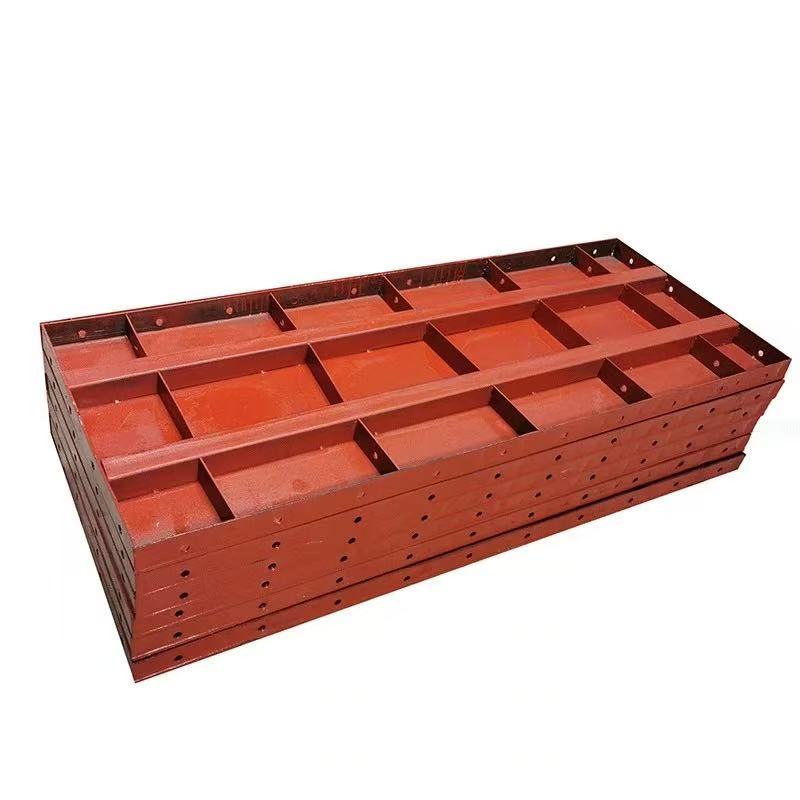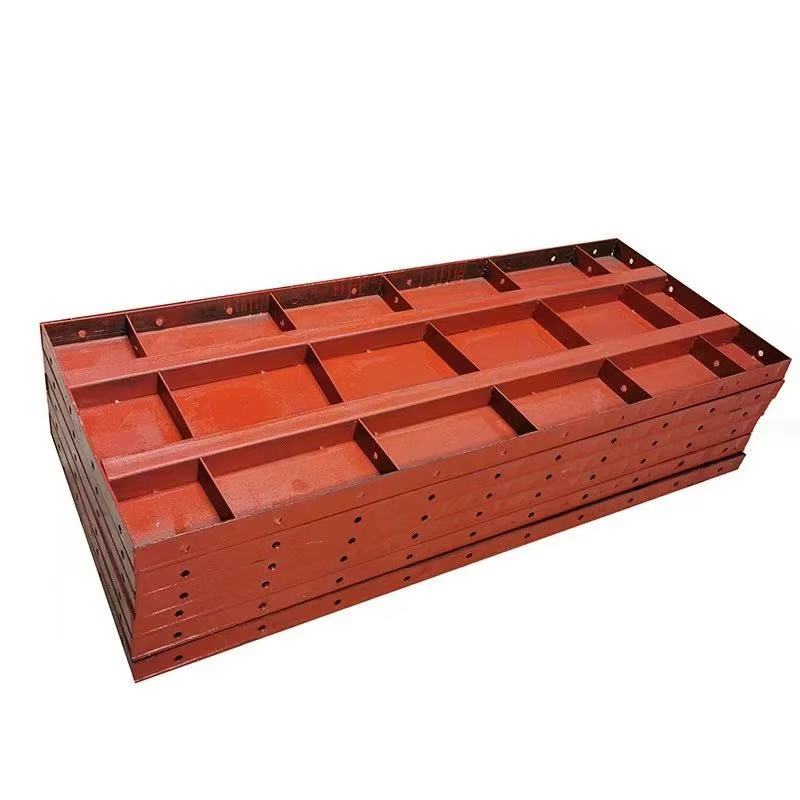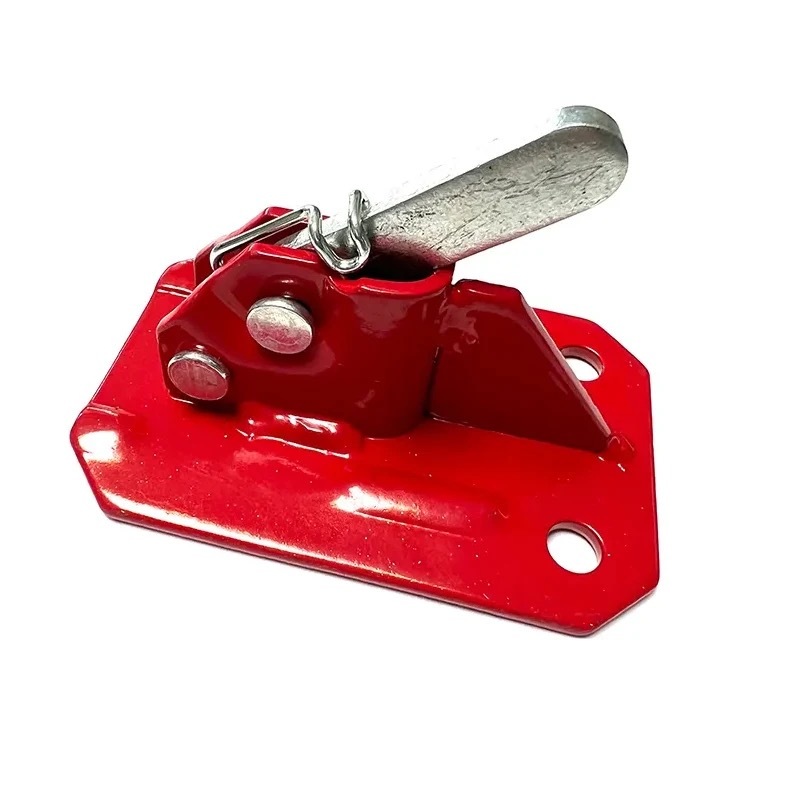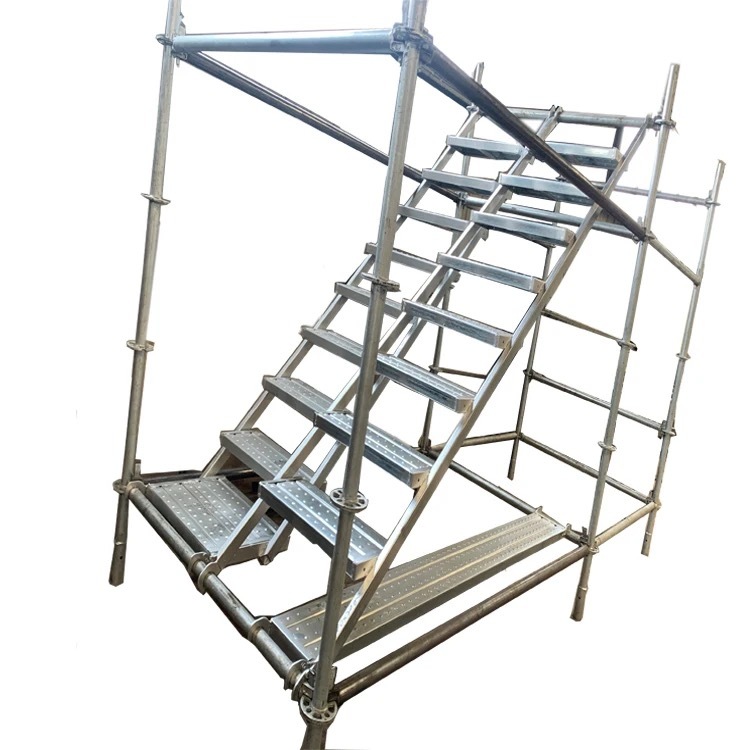Considerations for Choosing Between Steel and Other Formwork Materials: A Comprehensive Guide
Considerations for Choosing Between Steel and Other Formwork Materials Introduction to Formwork Materials Formwork materials play a critical role in the construction industry, particularly in the context of concrete structures. The choice of material can significantly influence project efficiency, cost, and quality. Understanding the various options available—including steel, timber, and plastic—w

Considerations for Choosing Between Steel and Other Formwork Materials
Introduction to Formwork Materials
Formwork materials play a critical role in the construction industry, particularly in the context of concrete structures. The choice of material can significantly influence project efficiency, cost, and quality. Understanding the various options available—including steel, timber, and plastic—will help you make informed decisions that meet your specific needs. In this article, we will explore the key considerations for selecting formwork materials, focusing particularly on the benefits and drawbacks of steel compared to other options.
The Importance of Choosing the Right Formwork Material
Choosing the appropriate formwork material is vital for several reasons, including:
- **Structural Integrity**: The formwork must withstand the pressure exerted by wet concrete and maintain its shape without deformation.
- **Cost Efficiency**: The right material can reduce labor and material costs, impacting the project's overall budget.
- **Project Timeline**: The efficiency of the formwork system can influence the overall timeline of construction.
Types of Formwork Materials: An Overview
Before diving deeper into the considerations for steel and other materials, let’s break down the primary types of formwork materials used in construction:
1. Steel Formwork
Steel formwork is known for its strength, durability, and reusability. It is typically used for large-scale projects, such as high-rise buildings and bridges, where structural integrity is paramount.
2. Timber Formwork
Timber is a traditional formwork material that is widely used for smaller projects. Its ease of use and availability makes it a popular choice, but it is less durable than steel.
3. Plastic Formwork
Plastic formwork systems are light and easy to handle. They are typically used for projects that require low labor costs but may not always provide the same level of support as steel or timber.
Key Considerations When Choosing Formwork Materials
Cost Considerations
One of the primary aspects to evaluate when choosing between steel and other formwork materials is cost. While steel may have a higher initial investment, its reusability and longevity can lead to significant savings over time.
- **Initial Costs**: Steel forms typically cost more upfront than timber or plastic. However, their durability often justifies the investment.
- **Reusability**: Steel formwork can be reused multiple times, which reduces the cost per project significantly.
- **Maintenance Costs**: Steel requires minimal maintenance compared to timber, which can rot or warp over time.
Durability and Strength
The durability and strength of the formwork material directly affect the structural integrity of the concrete being poured.
- **Steel**: Known for its exceptional strength and ability to withstand high pressure without deformation.
- **Timber**: While strong, it is vulnerable to moisture and can warp or bend under pressure, compromising the integrity of the mold.
- **Plastic**: Generally less durable than both steel and timber, plastic may not provide adequate support for heavy concrete pours.
Ease of Handling and Installation
The installation process can impact labor costs and project timelines.
- **Steel Formwork**: While heavier and requiring specialized equipment, steel is designed for quick assembly and disassembly, making it efficient for large projects.
- **Timber**: Often easier to manipulate and cut on-site, but may require more labor hours for setup.
- **Plastic**: Lightweight and easy to handle, but may not be suitable for larger projects requiring greater strength.
Environmental Considerations
Sustainability has become a crucial consideration in construction. Different materials have varying environmental impacts.
1. Recyclability of Steel
Steel is one of the most recyclable materials in the world. When steel formwork is no longer needed, it can be melted down and repurposed, significantly reducing waste.
2. Timber Sourcing and Sustainability
Timber must be sourced responsibly to avoid deforestation. Look for certified sustainable timber options to minimize environmental impact.
3. Plastic Waste Management
Plastic forms can contribute to landfill waste as they are often not recyclable. This aspect should be factored into the decision-making process.
Performance in Various Weather Conditions
Understanding how different materials perform in specific weather conditions is vital for project success.
1. Steel Formwork in Extreme Conditions
Steel generally performs well in extreme temperatures but may require insulation in cold climates to prevent heat loss from the curing concrete.
2. Timber Formwork and Moisture
Timber is susceptible to moisture and can lose strength if exposed to wet conditions for extended periods.
3. Plastic Formwork and UV Exposure
Plastic forms may degrade faster when exposed to UV rays; therefore, they should be covered or protected when not in use.
Case Studies: Successful Applications of Steel and Other Formwork Materials
Examining real-world applications can provide insights into the effectiveness of each material.
1. Steel Formwork in High-Rise Construction
A notable example is the use of steel formwork in the construction of skyscrapers, where its strength and reusability have proven to facilitate rapid construction while ensuring safety and stability.
2. Timber Formwork in Residential Projects
In many residential constructions, timber remains a popular choice due to its availability and lower costs, despite the need for more frequent replacements compared to steel.
3. Plastic Formwork for Smaller Structures
Plastic formwork has gained popularity for smaller structures and precast applications, where weight and ease of setup are more critical than strength.
FAQs About Formwork Material Choices
1. What are the main advantages of steel formwork?
Steel formwork offers exceptional durability, reusability, and strength, making it an ideal choice for large and demanding projects.
2. Is timber formwork more cost-effective than steel?
While timber may have lower initial costs, its lifespan and reusability are considerably shorter than steel, potentially leading to higher costs over time.
3. Can plastic formwork be used for heavy concrete pours?
Plastic formwork may not be suitable for heavy concrete applications due to its lower strength compared to steel or timber.
4. How does weather affect formwork material selection?
Different materials perform variably in extreme weather conditions; steel is strong but requires insulation in cold, while timber can warp in moisture.
5. What should I consider for sustainability in formwork materials?
Consider the recyclability of steel, responsible sourcing of timber, and the environmental impact of plastic when choosing materials.
Conclusion
Choosing the right formwork material is a multifaceted decision that requires careful consideration of various factors, including cost, durability, ease of handling, and environmental impact. Steel formwork shines in large-scale projects for its strength and reusability, while timber and plastic offer alternatives that may be more suitable for specific applications. By weighing these considerations and understanding the unique properties of each material, we can make informed decisions that align with both project goals and sustainability objectives. Whether you opt for steel, timber, or plastic, each choice carries implications that extend beyond the construction phase, influencing the longevity and integrity of the structures we build.
Key words:
PRODUCT SEARCH
Search And Quickly Find The Products You Need
With advantages in technology, quality, and service, the company is steadily advancing in the industry, continuously providing high-quality hydraulic rubber products and services to global customers, demonstrating strong development potential and broad market prospects.











